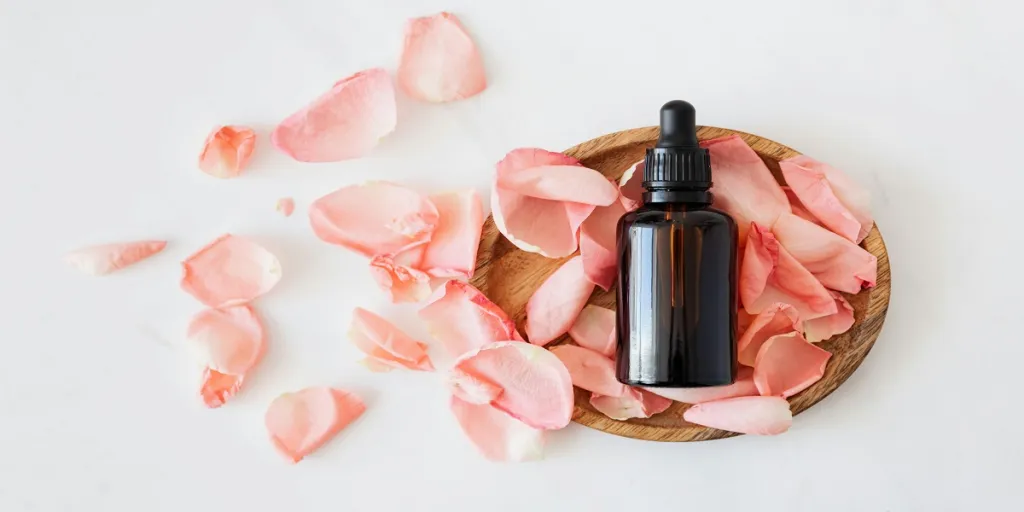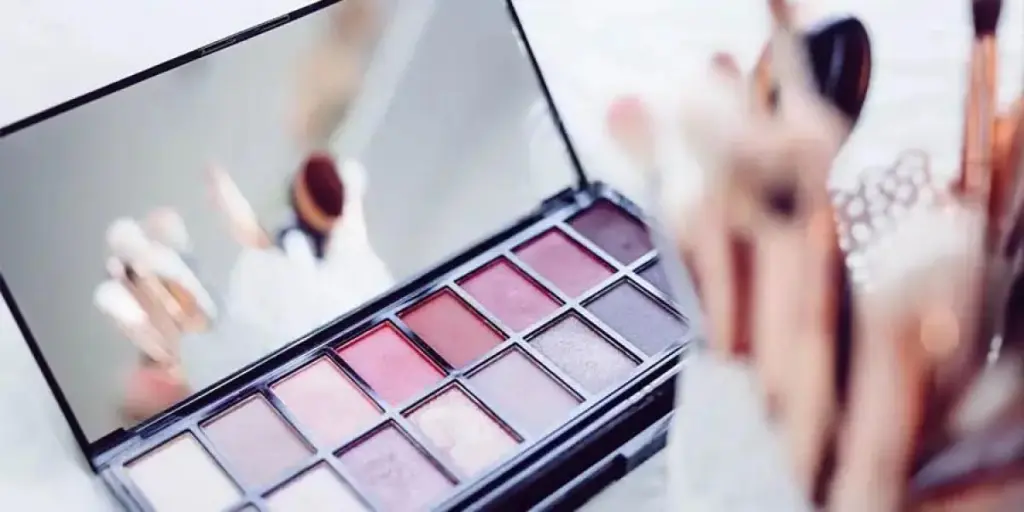Haircuts and hairstyles have always been more than a look—often, they are a means through which people express their cultures, identities, styles, and, ultimately, themselves. Some hairstyles have also become a symbol of ideology or religion. Among these, dreadlocks are prominent for their historical roots and timeless beauty.
In recent years, many variants of this unusual hairdo have become increasingly popular, like the so-called invisible locs that blend modern aesthetics and protective techniques, offering a versatile alternative for those who want to enhance the beauty of their natural hair or get an eye-catching hairstyle with the addition of hair extensions.
Table of Contents
The history of dreadlocks
What are invisible locs?
Advantages of invisible locs
What type of hair do you need for invisible locs?
How long do invisible locs last?
Final thoughts
The history of dreadlocks

When thinking about dreadlocks and even faux locs, nowadays, many people connect them to Jamaica and Bob Marley, where they are a symbol rich in cultural, religious, and political meanings. However, the origins of this hairstyle date back thousands of years, and evidence has been found even in ancient civilizations such as Egypt, Greece, India, and various regions of Africa.
In Africa, dreadlocks were often tied to specific tribes and indicated social status, spirituality, or belonging to a certain community. In Ethiopia, for example, Rastafarian warriors and monks adopted this hairstyle as a sign of strength and connection with the divine. In India, sadhus (Hindu ascetics) also wore dreadlocks, called jata, to indicate detachment from the material world.
These locs were often decorated with beads, shells, coins, and other ornaments that also had different meanings depending on the culture of the people wearing them.
In the 20th century, dreadlocks became a symbol of rebellion against colonial and racial oppression with the Rastafarianism movement in Jamaica: people wore locs as a way to return to their African roots.
Thanks to Bob Marley, dreadlocks spread worldwide and have become a popular style choice, but they continue to carry a deep cultural meaning. They are also part of a larger movement to embrace natural Afro-descendant beauty, promoting pride in one’s natural heritage and features.
What are invisible locs?
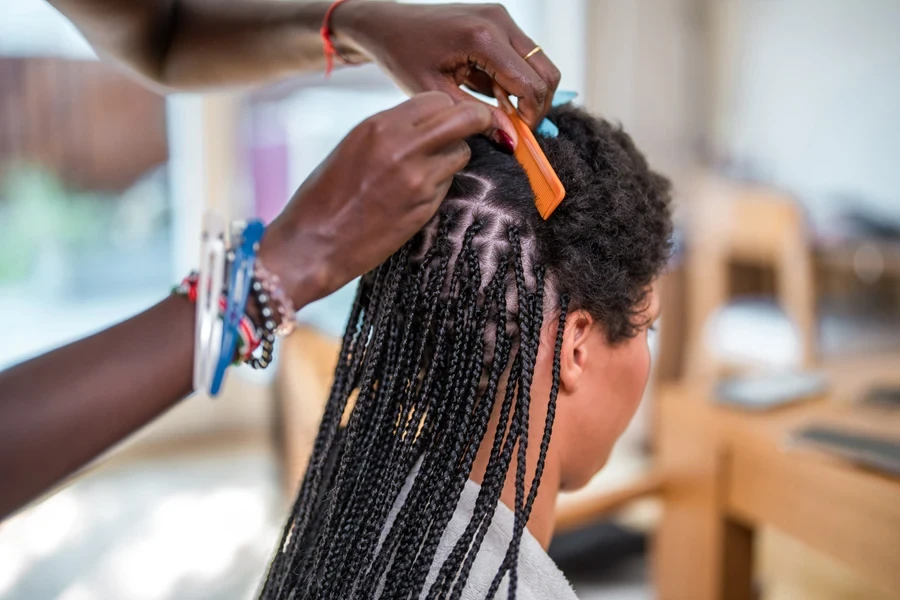
Invisible locs are the newcomers in the world of protective Afro hairstyles and a trend that provides people with a visually stunning version of dreadlocks that is easier to maintain and helps achieve a softer, lighter, and often temporary result.
Invisible locs combine two techniques: twists (two-strand twists or flat twists) and faux locs (fake locs). Unlike traditional dreadlocks, which are achieved by felting and progressively braiding the natural hair, invisible locs are created by starting with twists, which are then wrapped in a way that mimics the look of locs.
They are called “invisible” because the base of the braid looks discreet and natural, making it difficult to identify the starting point of the hairstyle.
Advantages of invisible locs

Unlike some synthetic braids, Cuban twist hair, or more marked faux locs and hair products, invisible locs appear soft and similar to natural dreads.
They can be made and removed easily compared to permanent dreads. Still, you wouldn’t try to do it at home; it’s always better to ask professional stylists or go to a hair salon for better results.
This hairstyle is also healthier than real dreadlocks, allowing natural hair to grow and rest without excessive mechanical stress. It can also come in different lengths to adapt to different tastes and needs: medium-length invisible locs make for an everyday look, while long or extra-long locs are ideal for those who want a dramatic and sensual look, like crochet braids.
What type of hair do you need for invisible locs?
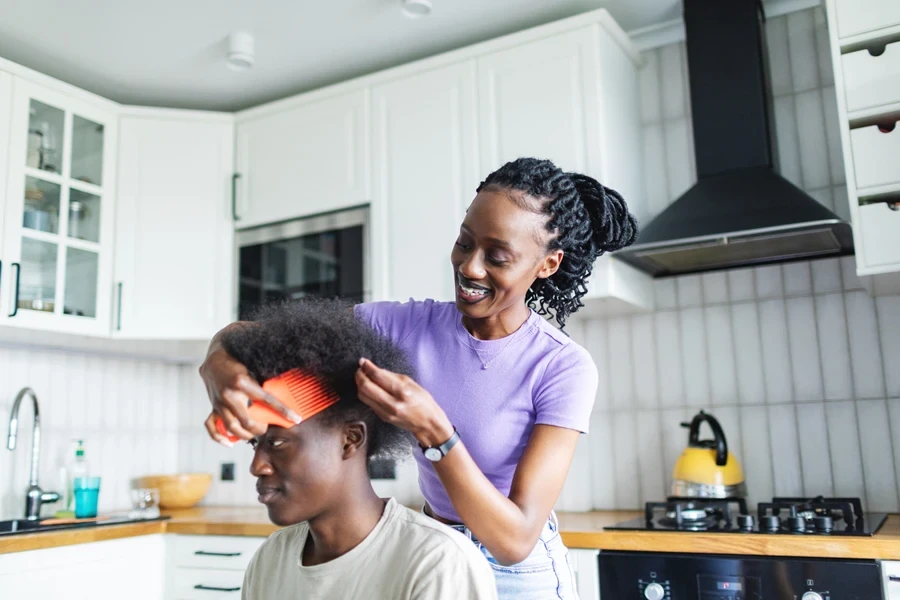
While making or getting invisible locs, choosing a hair type is fundamental to achieving the desired result.
Invisible locs are best created on natural Afro hair, preferably with 4A, 4B, or 4C texture, or curly or very curly hair. This type of hair has the right density and adhesion to keep the braiding firm without slipping. However, it is also possible to perform this technique on relaxed or treated hair as long as it is strong enough to support the braiding.
Synthetic hair is usually used to create the desired volume and length, such as Marley Hair, which has a rough texture similar to natural Afro hair, ideal for creating a realistic effect, or water hair, used in combination to give a slightly wavy and softer appearance.
How long do invisible locs last?
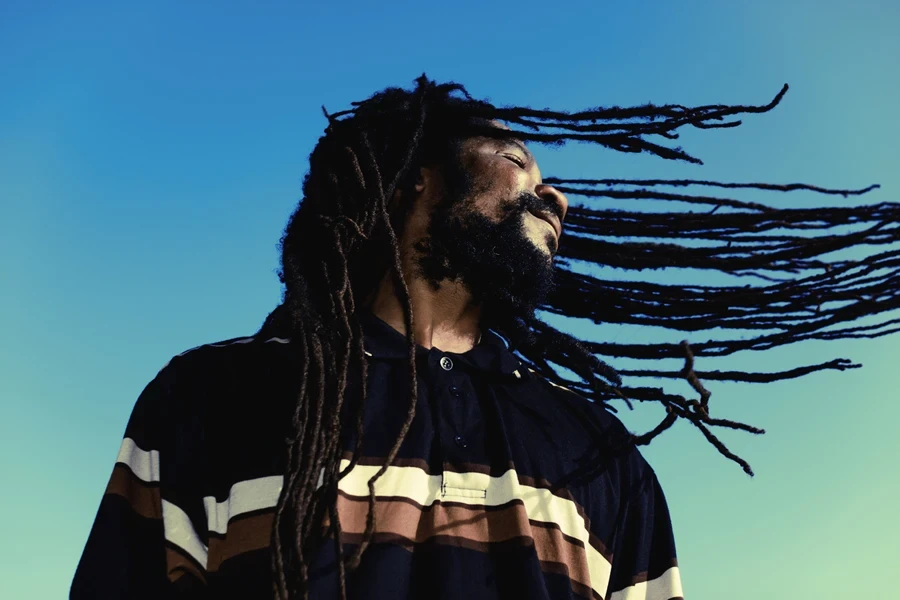
On average, this hairstyle lasts from 4 to 8 weeks, depending on the care and technique used.
As with other types of dreadlocks, it’s important to cover the hair at night (or during the day when at home) with a silk scarf or bonnet and regularly moisturize the scalp using specific products for locs.
Not only does careful maintenance ensure greater durability of invisible locs, but it also protects the natural hair that grows underneath.
Final thoughts
Invisible Locs are a perfect combination of tradition and innovation. They are an aesthetic tribute to dreadlocks, reinterpreted in a modern way to adapt to those looking for a versatile, protective, and temporary style.
Understanding the cultural value of dreadlocks and the technique behind invisible locs allows you to appreciate their beauty and respect their roots. With the right care, materials, and professional application, this hairstyle can become a precious ally that allows you to express your identity through your hair.


